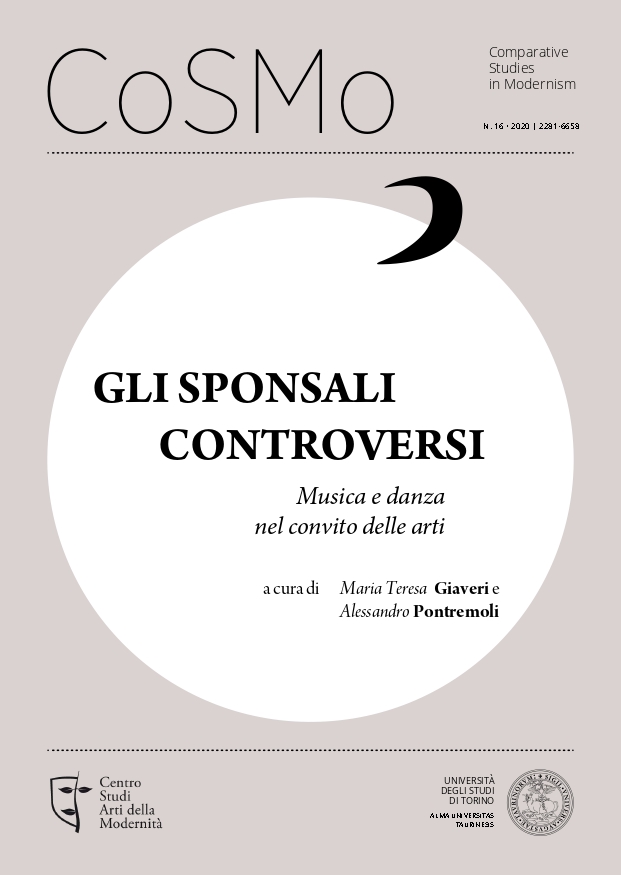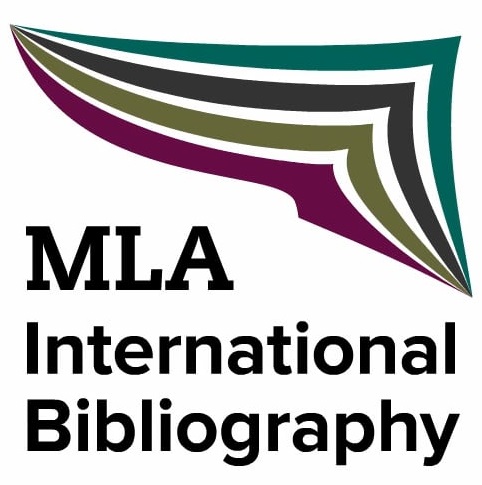Degas. L'altro volto della danza
DOI:
https://doi.org/10.13135/2281-6658/4607Parole chiave:
Degas, Aesthetics of Dance, Realism, Huysmans, Revue MusicaleAbstract
The essay will focus on Degas as ‘cruel’ painter, draftsman and sculptor of ballet dancers. In this essay, the Degas’s poetics, philosophy, aesthetic of dance are dealt with as a specific stage of European thought on art and poetry. In particular, they are analysed in the light of the theories developed in Europe in the second half of 19th century and in the first half of 20th century in relation with the art criticism, philosophy, literary criticism, visual thought. Degas was not a painter alone, but a sculptor, photographer, and poet. Late in his career, Degas turned to poetry as a new language for his artistic expression. Degas valued a multi-faceted form of art, as expression of the doctrine of Synaesthesia, which has been carefully examined and characterised from several vantage points. The creative efforts of the artist were the result of a conscious effort to search for means to revolutionise the philosophical-literary, the figurative thinking that dominated about classical dance. The essay deals with this specific aspect of Degas’s thought about dance, which can be also considered as medium of communication with social and political implications.
Downloads
##submission.downloads##
Pubblicato
Fascicolo
Sezione
Licenza
Gli autori mantengono i diritti sulla loro opera e cedono alla rivista il diritto di prima pubblicazione dell'opera, contemporaneamente licenziata sotto una Licenza Creative Commons - Attribuzione che permette ad altri di condividere l'opera indicando la paternità intellettuale e la prima pubblicazione su questa rivista.






